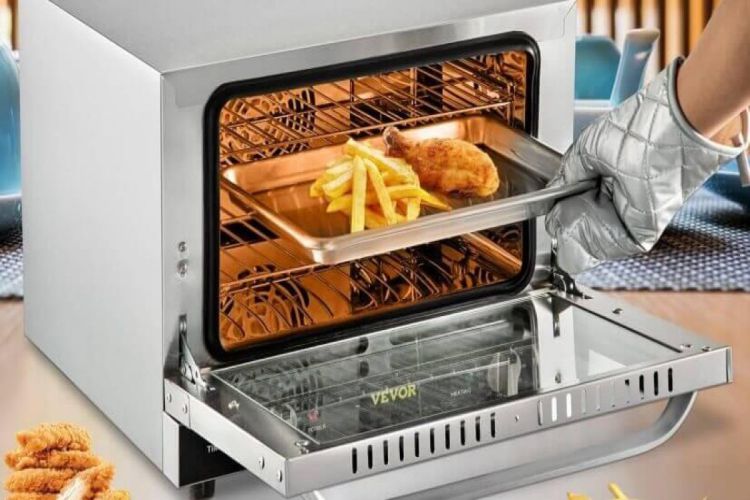 Equipping a commercial kitchen with the right appliances is quite possibly the single most significant choice every restaurant owner, café manager, or catering director will ever have to make. Among all of the essential pieces of commercial food equipment, the convection oven stands out as a leader in reliability, versatility, and even cooking performance. Choosing the right convection oven can transform the way your kitchen operates and allow you to serve up high-quality meals to your clientele with every use.
Equipping a commercial kitchen with the right appliances is quite possibly the single most significant choice every restaurant owner, café manager, or catering director will ever have to make. Among all of the essential pieces of commercial food equipment, the convection oven stands out as a leader in reliability, versatility, and even cooking performance. Choosing the right convection oven can transform the way your kitchen operates and allow you to serve up high-quality meals to your clientele with every use.
Table of Contents
Why a Convection Oven is a Kitchen Essential
A convection oven is different from a conventional oven in that it uses a fan to circulate hot air evenly around the food. This cuts down on cooking time, provides even browning, and helps maintain food quality. For a commercial kitchen with a high volume of output, these benefits are immeasurable—you can serve more customers, waste less food, and maintain consistency on every dish that leaves the kitchen.
Choose the Right Size for Your Needs
The first step in choosing a convection oven is determining the size that suits your company. Commercial convection ovens come in a range of sizes, from small countertop models to full-size floor models. If you have a small bakery or café with limited space, a countertop model will be perfect for baking pastries or reheating small batches. On the other hand, a high-volume restaurant with active service will be served by a bigger oven or even a double-stack unit to be able to fit multiple dishes at one time.
Before purchasing, take accurate measurements of your available space and consider your daily cooking requirements. An oven that’s too small can lead to longer wait times and frustrated customers, while an oversized oven might take up valuable space and use more energy than necessary.
Energy Efficiency Saves Money Over Time
Energy consumption is another important factor when purchasing commercial kitchen appliances. Convection ovens are already more energy-efficient than traditional ovens because they cook faster at lower temperatures. However, some models have additional energy-saving features that can reduce utility bills even more. An energy-saving oven is not only good for your bottom line—it’s also a step toward a more sustainable kitchen.
Versatility Adds Value
Convection ovens now commonly include features that add even more to their usefulness in a high-volume kitchen. Some include steam injection for baking bread, programmable controls for precision cooking, or multiple cooking modes for numerous types of dishes. These features can expand your menu without extra equipment, economizing on money and space, and increasing capability in your kitchen.
Ease of Use and Maintenance
Your kitchen staff scramble through every shift, so your equipment should be making their lives easier, not harder. Choose a convection oven with simple, intuitive controls that are easy to operate, even during the height of a rush. Clear-to-read temperature controls and timers help ensure dishes are perfectly cooked every time.
Maintenance should also be easy. Look for ovens with easy-to-clean interiors, removable racks, and accessible fans. The easier it is to take care of your oven, the better it will perform—and the longer it will last.
Safety is Non-Negotiable
Safety is paramount in any professional kitchen. When selecting a convection oven, ensure that it complies with modern safety standards. Proper insulation, good door seals, and safety shut-off features shield your personnel and avoid mishaps. Paying for quality equipment is paying for a safer, more dependable kitchen.
A Smart Fit for Your Entire Kitchen
Finally, think about how your new convection oven will integrate with the rest of your kitchen operation. From prep stations to cold storage and serving lines, all of your equipment should work together to create a smooth, efficient workflow. Your perfect convection oven should integrate easily, keeping your staff organized and productive.
In Conclusion
A convection oven that is well matched to your requirements is an investment that can increase efficiency, save energy, and allow you to consistently serve dishes of high quality. By taking the time to select the proper model—based on size, energy use, versatility, ease of maintenance, and safety—you set your kitchen up for success for years to come.






